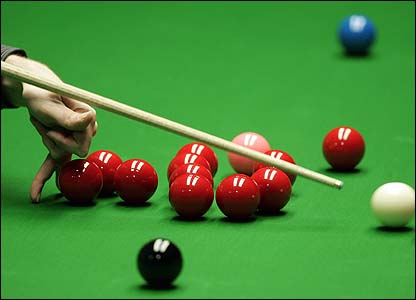
Pool has a long tradition. In the 15th century, it was a form of croquet. The use of pool for betting was then introduced in the 19th Century. This led directly to the development and use of the pool hall. Today pool can be enjoyed in many countries, including the United States of America, Europe and the Philippines. There are many myths surrounding this popular sport. For one thing, it is a highly regulated sport that requires a lot of skill. Another misconception is that it is a game of luck.
Pool is a card game that involves the use of cues and balls. The balls are relatively small but play a key role in the game. You can also find a variety of shapes and patterns. To understand the game, it is essential to know how the balls are used. This can make it difficult to understand the ball's reactions to different shots.
Most pool balls made before the 19thcentury were made out of wood. In the beginning of the century, the majority of pool balls were made from wood. However, the game evolved and players started to use clay. The balls were made of plastic after the middle of the 19th century. Some were even made out of ivory. The ivory balls were costly and were still made up to 1920. However, they were not very stable. Other materials, such as celluloid, were discovered and became widely accepted.

Leo Baekeland was an American chemist who discovered petroleum-based synthetic plastic in 1907. This material proved to be ideal for pool balls. Plastic eventually became a viable substitute for the original wooden ball.
The 19th century saw pools installed in parlors that offered horse racing betting. Names of the games have changed over time. Initially, the name of the game was derived from the French queue, which was a system for making sure a horse did not pass through the finish line.
Since then, pool and billiards has changed from a grass game to an indoor game. Several of the most common types of pool include nine-ball, seven-ball, ten-ball, and carom. Today's pool players can be either single or in a team. Although pool rules are standardised, each player still has their own name. To win, players must be familiarized with all rules and regulations.
While pools are most often found in public areas of the city, it is vital that all pool users be aware of the dangers posed by untreated water. Public pools are full germs and can prove very dangerous. They can not only cause harm to your health, but they can also cause inconvenience and frustration. A large number of adults admit to relieving themselves while swimming.

Child pool accidents are the most dangerous. In the past decade, salt chlorination has gained popularity. These technologies can make your pool safe. These systems don't work for every pool. Another option is to use algaecide in combination with chlorine disinfectant.